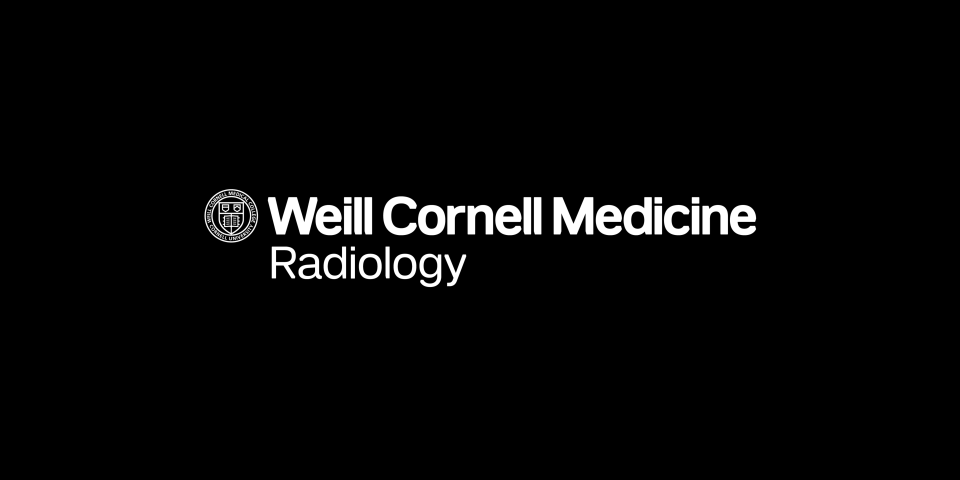The overall goal of this proposed research is to develop and test new ultrasound backscattering models for future quantitative-ultrasound (QUS) -based in-vivo screening and monitoring of early osteoarthritis (EOA). Osteoarthritis (OA) is a joint disease that degenerates articular cartilage (AC) and is the most prevalent joint disease in the United States, causing more than $60 billion in healthcare costs yearly. Currently, none of the available non-invasive modalities can assess the early, symptomless stages of OA. When symptoms become apparent, OA is usually advanced and cannot be reversed or halted, which limits effective treatment. Therefore, a non-invasive tool that can detect early signs of cartilage degradation, such as chondrocyte apoptosis, before the patient recognizes symptoms would lead to a paradigm shift in managing osteoarthritis. Studies performed during the past decade indicate that QUS has great potential as such a tool. We will develop a novel and accurate model of the ultrasound backscatter coefficient (BSC) in human articular cartilage. The model will be used to develop a QUS-based, multi-feature approach for classifying articular cartilage and detecting EOA stages and can be implemented in current clinical scanners. We will use a combination of numerical ultrasound simulations and ex vivo measurements to develop the new BSC models and to define the optimal set of QUS parameters suitable as features for classifying cartilage-degradation stages. The basis for the numerical ultrasound simulations will be a novel 3D acoustical and morphological model of human hyaline cartilage. The model will allow us to test various OA-related cartilage properties independent from each other and will help us to optimize the QUS estimates derived from ex vivo QUS measurements. We will combine well-established and novel QUS estimates and develop new signal-processing approaches to compute these parameters. Nonlinear classifiers for cartilage degeneration will be developed and optimized using ROC methods and tested on an existing database of ultrasound data from histologically evaluated OA patients. If this project is successful, subsequent projects will refine the developed tools and implement them in a clinical scanner.


